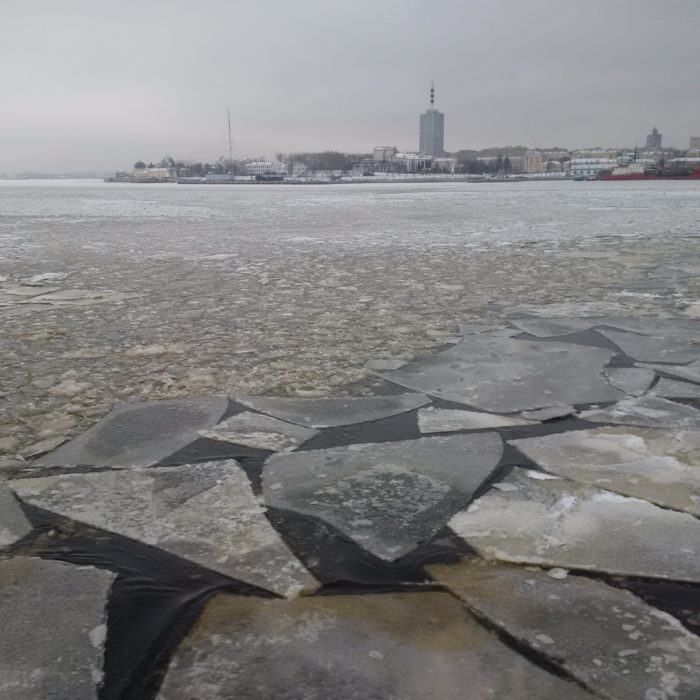24th November 2016
Memorial to British and Allied Airmen, Kego Island, North West Russia
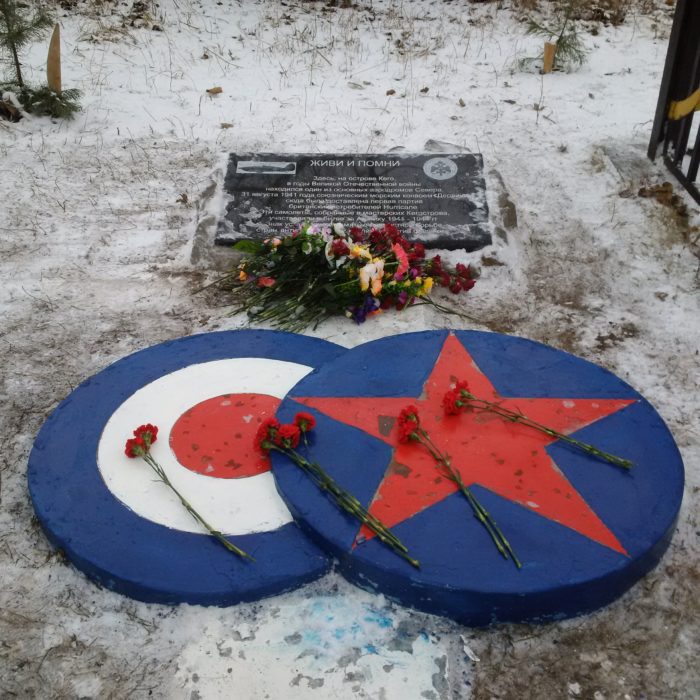
My most recent blog (Remembrance Day Commemorations in North West Russia) described our annual Remembrance events across North West Russia in honour of the brave British and Allied soldiers, sailors and airmen who served in North West Russia during World War One, including the Allied Intervention period of 1918-19, and World War Two. There has been a lot of interest in the new memorial on Keg Island, so I thought readers might welcome a follow-up blog with additional photos.
Kego Island (or Kego-Ostrov), which is across the Northern Dvina River from the city of Arkhangelsk, was used by British and Allied airmen during World War Two. Indeed, the first convoy, ‘Dervish’, brought members of the Royal Air Force 151 Wing with their Hawker Hurricane MKIIA aircraft. 151 Wing had been destined for Murmansk but was forced to travel via Arkhangelsk because of enemy activity in the area. However, 24 Hurricanes did make it to Vaenga airfield near Murmansk after flying from the carrier HMS Argus. The bulk of the Wing proceeded to Arkhangelsk. On arrival in Arkhangelsk, the priority was to develop a plan for moving the aircraft and crew to Murmansk. A base was established at Kego-Ostrov. A decision was taken to assemble some of the crated hurricanes and fly them to Murmansk (300 miles) and for the remainder to be moved with crew by train (over 600 miles around the shore of the White Sea). The latter was a long and hazardous journey with frequent German attacks on the railway line. 151 Wing spent a total of three months in the region, based out of Vianga airbase near Murmansk, training Russian pilots and fighting alongside them.
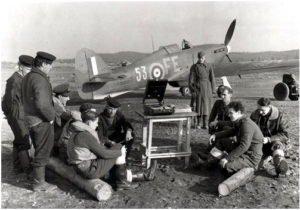
The Commanding Officer of 151 Wing was Wing Commander Ramsbottom-Isherwood from New Zealand. Four members of 151 Wing received the ‘Order of Lenin’ for their efforts: Wing Commander Ramsbottom-Isherwood; Squadron leader Rook; Squadron Leader Miller; and Flight Sergeant Haw. The latter received his award as the pilot who had shot down the most enemy aircraft during the campaign. These were the only Orders of Lenin awarded to Allied forces during the whole of World War Two.
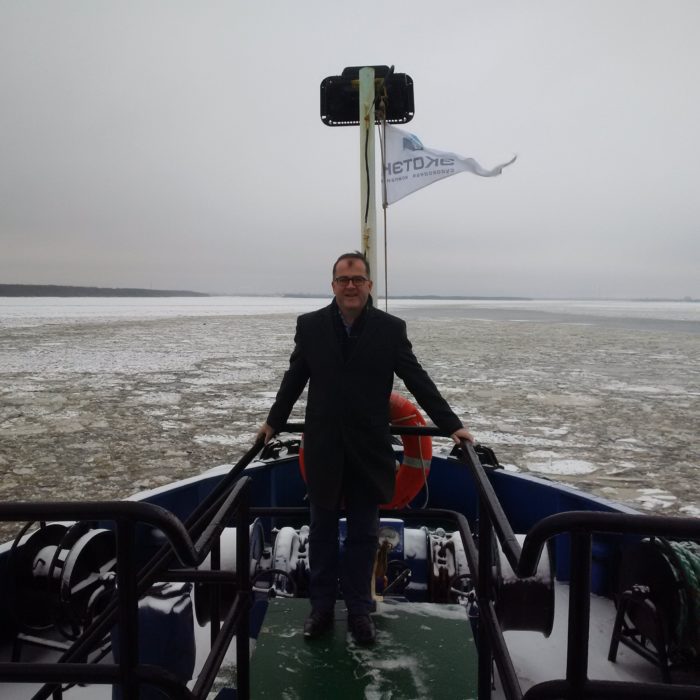
So it was with this history in mind that I took the ice-breaker class tug from the port in Arkhangelsk across the frozen river to Kego Island. Kego Island community leaders met me and took me to see the small but colourful monument next to a larger monument recognising the Soviet 5th Air Regiment on the banks of the Northern Dvina River. It’s a peaceful spot to reflect on an important period of our shared history. I was told that the idea of the monument was a local initiative. The community still remembered the contribution made by the airmen and aircrew who had flown their Hurricanes from Kego Island. They had hoped to include the unveiling of the new memorial during the event to commemorate the arrival of the first of the Arctic Convoys in late August but it had been impossible to obtain the necessary permissions in time. Community leaders secured support from the Russian Military Historical Society and the local/regional administrations, and completed the monument just before winter set in. They were delighted that I had made the visit and hoped that veterans and family members would be able to visit in the future. We were fortunate that two veterans of 151 Wing had been able to join us in Arkhangelsk for the ‘Dervish’ commemorations on 31 August, including Tim Elkington, a pilot who had flown a Hurricane off HMS Argus.
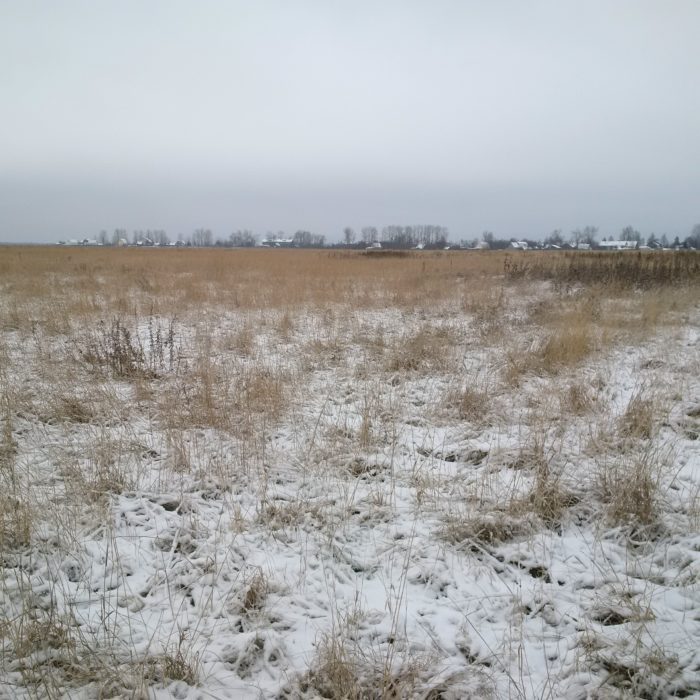
The Kego Island airfield was used by civilian aircraft after the war until it finally closed in 1981. We crossed the field to the home of a community leader where we enjoyed some hot tea, home-made jam and looked through a fascinating old family photo album of his grandfather’s service during World War Two. His grandfather had been posted to Kego Island from Leningrad during World War Two, where he had met his grandmother and settled down in the island after the war. It was then time to say our farewells and return to the small dock to catch the tug back across the river to Arkhangelsk. There was a final opportunity to look back at the memorial on the bank of the river as the tug cleared a path through the ice.
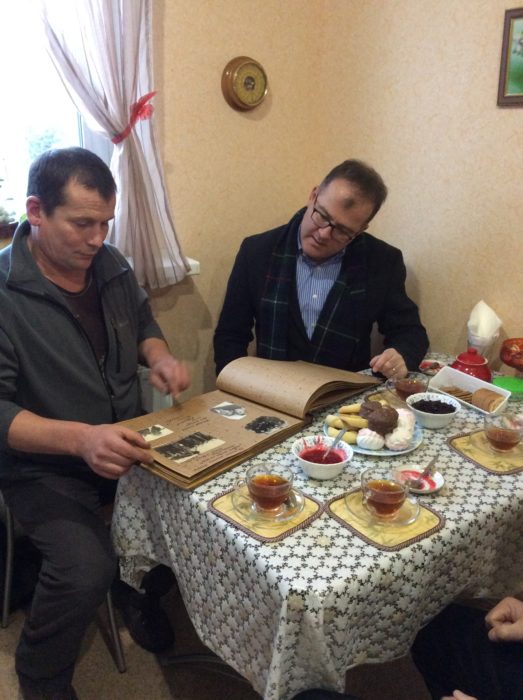
Visiting the new memorial on Kego Island will now become a special part of our annual Remembrance commemorations in North West Russia. It is entirely fitting that there is now a permanent memorial to the brave airmen and aircrew of 151 Wing who made such a vital contribution to British and Allied operations in support of our Soviet Allies during World War Two.
